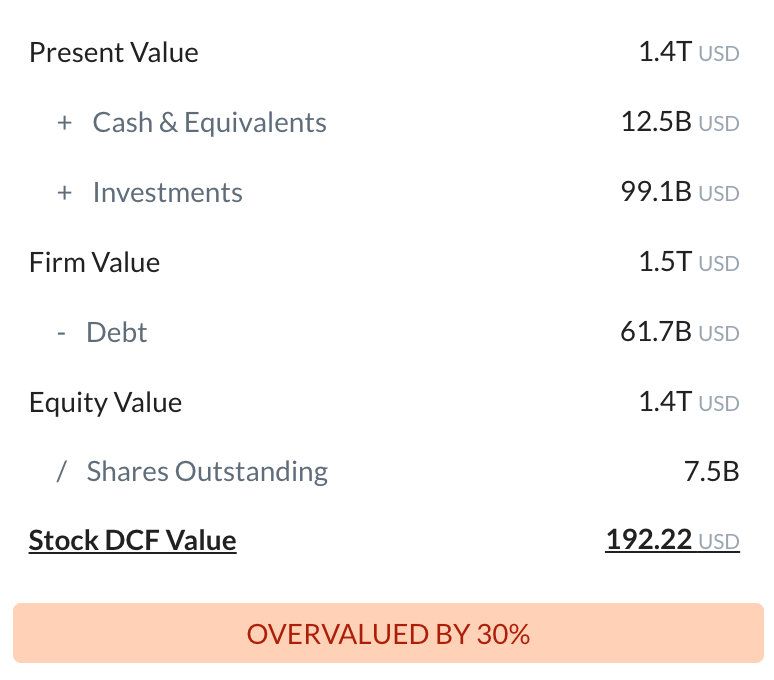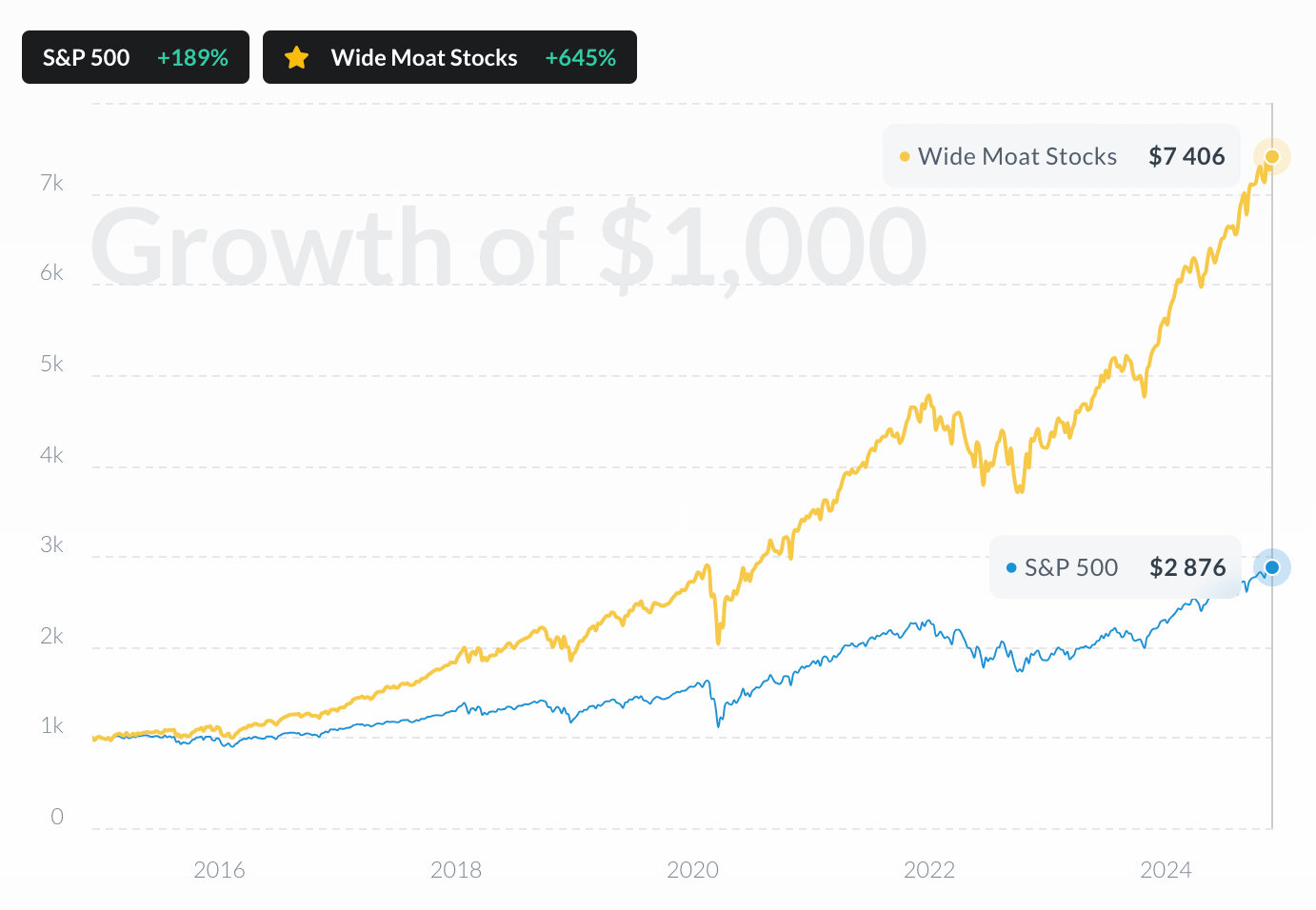
Class Ltd
ASX:CL1


| US |

|
Johnson & Johnson
NYSE:JNJ
|
Pharmaceuticals
|
| US |

|
Berkshire Hathaway Inc
NYSE:BRK.A
|
Financial Services
|
| US |

|
Bank of America Corp
NYSE:BAC
|
Banking
|
| US |

|
Mastercard Inc
NYSE:MA
|
Technology
|
| US |

|
UnitedHealth Group Inc
NYSE:UNH
|
Health Care
|
| US |

|
Exxon Mobil Corp
NYSE:XOM
|
Energy
|
| US |

|
Pfizer Inc
NYSE:PFE
|
Pharmaceuticals
|
| US |

|
Palantir Technologies Inc
NYSE:PLTR
|
Technology
|
| US |

|
Nike Inc
NYSE:NKE
|
Textiles, Apparel & Luxury Goods
|
| US |

|
Visa Inc
NYSE:V
|
Technology
|
| CN |

|
Alibaba Group Holding Ltd
NYSE:BABA
|
Retail
|
| US |

|
JPMorgan Chase & Co
NYSE:JPM
|
Banking
|
| US |

|
Coca-Cola Co
NYSE:KO
|
Beverages
|
| US |

|
Walmart Inc
NYSE:WMT
|
Retail
|
| US |

|
Verizon Communications Inc
NYSE:VZ
|
Telecommunication
|
| US |

|
Chevron Corp
NYSE:CVX
|
Energy
|
Utilize notes to systematically review your investment decisions. By reflecting on past outcomes, you can discern effective strategies and identify those that underperformed. This continuous feedback loop enables you to adapt and refine your approach, optimizing for future success.
Each note serves as a learning point, offering insights into your decision-making processes. Over time, you'll accumulate a personalized database of knowledge, enhancing your ability to make informed decisions quickly and effectively.
With a comprehensive record of your investment history at your fingertips, you can compare current opportunities against past experiences. This not only bolsters your confidence but also ensures that each decision is grounded in a well-documented rationale.
Do you really want to delete this note?
This action cannot be undone.

| 52 Week Range |
N/A
N/A
|
| Price Target |
|
We'll email you a reminder when the closing price reaches AUD.
Choose the stock you wish to monitor with a price alert.

|
Johnson & Johnson
NYSE:JNJ
|
US |

|
Berkshire Hathaway Inc
NYSE:BRK.A
|
US |

|
Bank of America Corp
NYSE:BAC
|
US |

|
Mastercard Inc
NYSE:MA
|
US |

|
UnitedHealth Group Inc
NYSE:UNH
|
US |

|
Exxon Mobil Corp
NYSE:XOM
|
US |

|
Pfizer Inc
NYSE:PFE
|
US |

|
Palantir Technologies Inc
NYSE:PLTR
|
US |

|
Nike Inc
NYSE:NKE
|
US |

|
Visa Inc
NYSE:V
|
US |

|
Alibaba Group Holding Ltd
NYSE:BABA
|
CN |

|
JPMorgan Chase & Co
NYSE:JPM
|
US |

|
Coca-Cola Co
NYSE:KO
|
US |

|
Walmart Inc
NYSE:WMT
|
US |

|
Verizon Communications Inc
NYSE:VZ
|
US |

|
Chevron Corp
NYSE:CVX
|
US |
This alert will be permanently deleted.
Intrinsic Value
There is not enough data to reliably calculate the intrinsic value of CL1.
The Intrinsic Value is calculated as the average of DCF and Relative values:

| US |
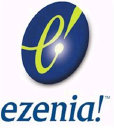
|
Ezenia! Inc
OTC:EZEN
|
|
| US |

|
Palantir Technologies Inc
NYSE:PLTR
|
|
| DE |
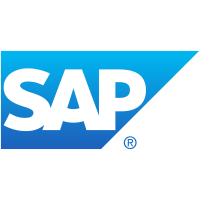
|
SAP SE
XETRA:SAP
|
|
| US |

|
Salesforce Inc
NYSE:CRM
|
|
| US |

|
Applovin Corp
NASDAQ:APP
|
|
| US |

|
Intuit Inc
NASDAQ:INTU
|
|
| US |

|
Adobe Inc
NASDAQ:ADBE
|
|
| US |
N
|
NCR Corp
LSE:0K45
|
|
| US |

|
Cadence Design Systems Inc
NASDAQ:CDNS
|
|
| US |
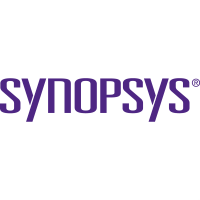
|
Synopsys Inc
NASDAQ:SNPS
|
Fundamental Analysis
Select up to 3 indicators:
Select up to 3 indicators:

Ongoing price pressure from competitors like BGL and SapphireOne, combined with the risk that accountants may switch if subscription costs rise, threatens Class’s market share in the high-volume SMSF administration space.
Complexities integrating new acquisitions, such as NowInfinity, might drive up operational costs and stall product rollouts, jeopardizing Class’s ability to realize cost synergies and expand profit margins.
Potential regulatory constraints on self-managed super funds could reduce demand for Class’s SMSF software solutions, curtailing future revenue growth.
Class’s strong recurring revenue model for its cloud-based tools, combined with high client retention among accountants, forms a stable foundation for sustainable cash flow and profitability.
Acquisitions of specialized services like NowInfinity expand Class’s product offerings, enabling cross-selling opportunities and deeper client relationships across the wealth management value chain.
Ongoing automation and digitization in the accounting and financial services sectors should drive longer-term adoption of Class’s platform, positioning the company as a leader in integrated wealth accounting solutions.
Revenue & Expenses Breakdown
Class Ltd

Balance Sheet Decomposition
Class Ltd

| Current Assets | 19.1m |
| Cash & Short-Term Investments | 10.4m |
| Receivables | 7.1m |
| Other Current Assets | 1.7m |
| Non-Current Assets | 68.5m |
| Long-Term Investments | 175k |
| PP&E | 7.6m |
| Intangibles | 58.9m |
| Other Non-Current Assets | 1.8m |
| Current Liabilities | 17.1m |
| Accounts Payable | 2.7m |
| Accrued Liabilities | 5m |
| Other Current Liabilities | 9.4m |
| Non-Current Liabilities | 28.9m |
| Long-Term Debt | 20.6m |
| Other Non-Current Liabilities | 8.4m |
Free Cash Flow Analysis
Class Ltd

| AUD | |
| Free Cash Flow | AUD |
Earnings Waterfall
Class Ltd

|
Revenue
|
54.8m
AUD
|
|
Operating Expenses
|
-44.5m
AUD
|
|
Operating Income
|
10.3m
AUD
|
|
Other Expenses
|
-6.7m
AUD
|
|
Net Income
|
3.7m
AUD
|
CL1 Profitability Score
Profitability Due Diligence

Class Ltd's profitability score is 50/100. The higher the profitability score, the more profitable the company is.

Score
Class Ltd's profitability score is 50/100. The higher the profitability score, the more profitable the company is.
CL1 Solvency Score
Solvency Due Diligence

Class Ltd's solvency score is 49/100. The higher the solvency score, the more solvent the company is.

Score
Class Ltd's solvency score is 49/100. The higher the solvency score, the more solvent the company is.
Wall St
Price Targets
CL1 Price Targets Summary
Class Ltd

Dividends
Current shareholder yield for  CL1 is
.
CL1 is
.
Shareholder yield represents the total return a company provides to its shareholders, calculated as the sum of dividend yield, buyback yield, and debt paydown yield. What is shareholder yield?








